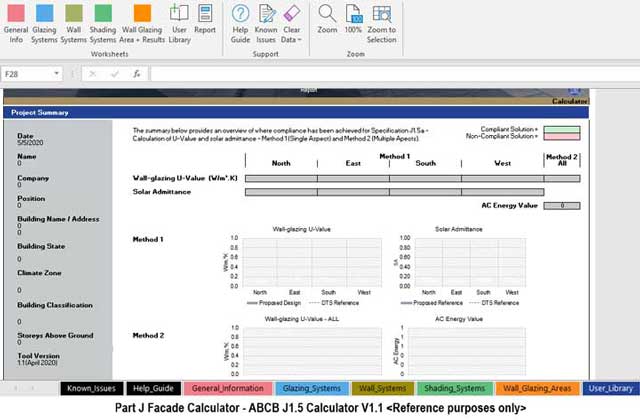Part J of National Construction Code NCC 2019 Applicable in all States
As of 1 May 2020, Part J of the 2019 edition of the National Construction Code (NCC) is now applicable in all states and territories. All Section J assessments for Class 3-9 buildings will be required to meet either the new Deemed-to-Satisfy (DTS) or the Performance Solutions of the 2019 NCC (Volume 1).
Section J in the 2019 NCC has had a complete overhaul and aims to see a 30-40% reduction in overall greenhouse gas emissions and energy consumption compared to its 2016 counterpart.
One of the major changes is the amalgamation of J1 Building Fabric & J2 Glazing into a single assessment criteria. The new façade calculator allows a whole system/building approach which enables more flexibility in the form of trade-offs which were not previously possible in the 2016 NCC.
The whole building approach also allows consistency as a single glazing product can be nominated in lieu of multiple, as per the 2016 glazing calculator.
Other changes to the 2019 NCC Part J include:
> Roof Lights to comply to Part J specifications
> Max Glazing values for Retail tenancies
> Mandatory consideration of thermal bridging effects in façade design
> Introduction of Greenstar & NABERS verification pathway JV1 & JV2
> Introduction of Building envelope sealing verification via blower door test
> Mandatory assessments of class 2 common areas.
The JV3 verification method of assessment (reference vs proposed building), will now see its reference values based on the new DTS criteria. This in turn means that the requirements to comply with JV3 have also become more stringent. The additional comfort metrics, tighter temp ranges for conditioned spaces and parameters for JV3 will not only improve the energy efficiency of buildings, but also comfort levels for its occupants.

